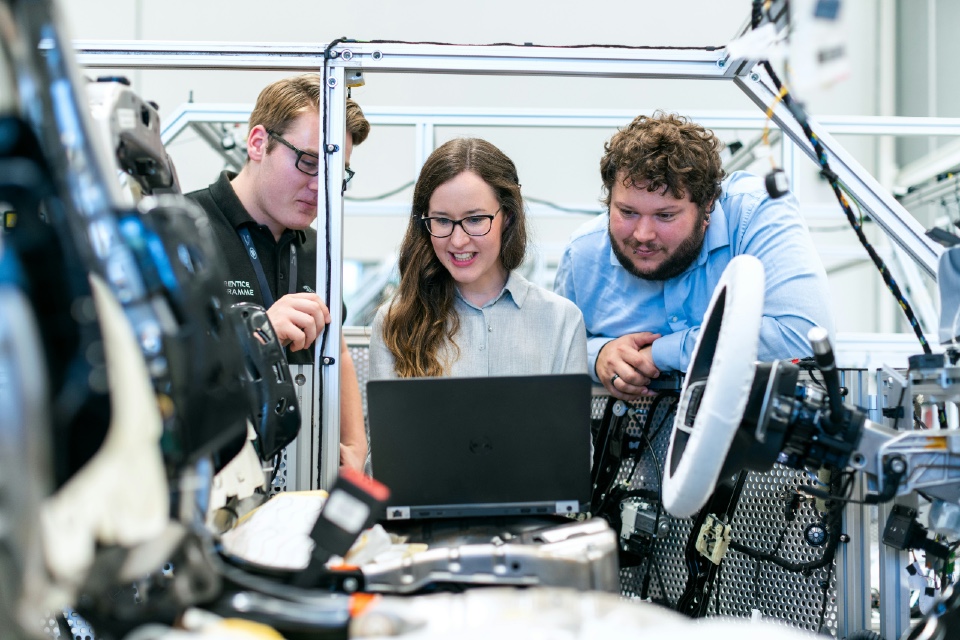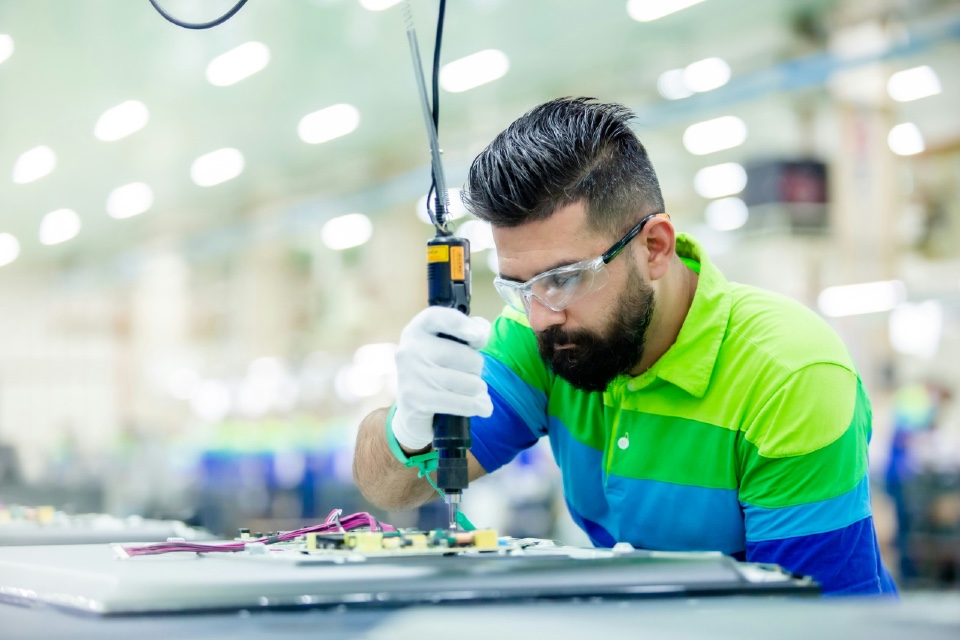With 2026 looming, now’s the time for UK manufacturers to take stock of their internal operations and external trends to identify how and where they can gain a competitive advantage and drive growth in the new year.
2025 saw the growth of a number of emerging technologies, including the further growth of integrated technologies like digital twins and generative AI, which is set to continue. However, new customer trends, strategic approaches to AI and shipping chain resilience will be setting the tone in 2026.
Ahead of the new year, we take a look at five key trends for manufacturers, with insight from David White, Operations Manager at custom cable assemblies manufacturer GTK UK Limited…
Shipping chain resilience
In 2026, one of the most prominent trends for UK manufacturers will be the reinforcement of their supply chain in order to insulate their business against external pressures.
There are a number of measures that are being put into place in the name of supply chain resilience. Last year, it was reported that over half of the UK’s relevant businesses were choosing to ‘reshore’ their manufacturing, keeping production closer to customers and eliminating the risk of international politics impacting their ability to access key components.
In 2026, reshoring is likely to continue, but expect a more moderate approach to become the norm.
Distributing production functions between domestic and international sites can help manufacturers reap the benefits, particularly if each site is optimised to support different order volumes or quantities.
David comments: “At GTK, sharing production between the UK, Romania and the Far East has helped us stay agile and meet customer demands even when traditional shipping lanes might’ve been compromised.”
Investment in cybersecurity
Following a number of high-profile cyber-attacks in recent years, expect to see manufacturers in the UK investing heavily in protecting their own production throughout 2026. The latest newsworthy attack, on Jaguar Land Rover, halted production lines from the end of August until October 8th, at an estimated cost of £50m per week.
David expands: “Manufacturing faces a particular vulnerability in comparison to other industries, given that most companies in this sector are currently undergoing a process of digitalisation. In the majority of instances, this means some legacy operational technology (OT) may still be being used, which is likely critical to operations but not as secure as newer systems. So, expect to see heavy investment in more resilient OT and IT systems.”
Manufacturers need top-level visibility over all machinery and IT systems with secure remote access and more, but it’s also about investing in a culture of cyber safety. Leading organisations will be investing in regular training, administered at all levels of the business and with periodic simulations of phishing attacks.
Strategic AI adoption
Reports from last year found that a high number of UK manufacturers were already adopting generative AI in their factories in some capacity, so it’s fair to say AI adoption isn’t a new trend.
However, going into 2026, we’re seeing a more strategic approach to AI adoption, with manufacturing decision-makers no longer viewing AI as an experiment and now integrating it at all levels of the business.
According to data from Xometry, 82% of execs now view AI as a core growth driver, so it’s no surprise it’s being used to streamline operations throughout manufacturing businesses, from predicting maintenance cycles for factory floor machinery to supplier risk sourcing.
Increased demand for customer visibility
For most manufacturers, customer requirements have been becoming increasingly specialised in the medium-term. The growth of e-commerce has driven increased expectations in terms of lead time and customisation for both B2B and B2C manufacturers, and this is only set to increase, with the time savings and increased scope for personalisation delivered by AI.
A 2024 report from Deloitte highlighted the growing importance of digital tools that share real-time manufacturing insights with customers, and these will be increasingly prevalent, with businesses continuing to invest in such tools over the course of 2026.
It will no longer be enough for manufacturing partners to merely offer an estimated lead time, even if they exceed that lead time. Investing in technology that gives today’s customers access to real-time updates on parts and components will help manufacturers drive value.
It will also be increasingly important to involve customers as early as possible in the manufacturing process. Growing demand for personalisation means manufacturers that take a collaborative approach with customers – as early as the product design process – will enjoy a competitive advantage.
Sustainable manufacturing won’t slow down
In fact, a recent report from Make UK, released this October, indicates that positive sentiment towards sustainability is only increasing amongst manufacturers. 83% of manufacturers are ‘very likely’ or ‘fairly likely’ to be utilising green technology in their operations over the next five years.
For most manufacturers, the focus here will be on the adoption of renewable energy technologies, with 50% considering these to be the most important area of green technology to engage with. So, with intent to invest in sustainable technology increasing, you can expect the trend of adoption to continue.
David continues: “However, there are barriers to progress in this area, with manufacturers citing a range of blockers to investing in green technology. In order to sustain this trend over a longer period of time, the government must provide a long-term solution to barriers such as the cost of energy and rising tax burdens.”
The introduction of the Industrial Strategy saw the government acknowledge these issues and how they may affect national net zero deadlines. However, actionable support a little further down the line will confirm the extent to which manufacturers are able to invest in green tech.
Are you and your business making plans for 2026? Which of the key trends are you investing in to stay ahead?
Photo by ThisisEngineering on Unsplash







